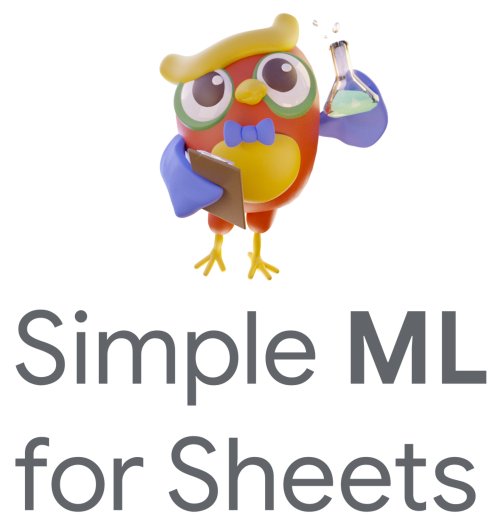What can Simple ML do?#
Simple ML uses machine learning to help with data filling and decision making. As of now, Simple ML supports three tasks: Predicting missing values, spotting abnormal values, and forecasting future values.
Simple ML works by following examples: The user provides examples, and Simple ML learns from those examples to do some operation. For example, to predict missing values, Simple ML will use the non-missing values as examples to follow.
Need 1: Enough examples#
The more examples are available, the better the results. As a rule of thumb, at least 20 examples are generally necessary, and having at least 100 of examples is recommended. The more examples, the better the results: One thousand examples is better than one hundred, and one million (when possible) is even better.
The exact number of necessary examples depends on your data: In some cases, 50 examples will work well, while in some other cases, 500 examples will not be enough. It all depends on the complexity of the task.
Luckily, in some cases, Simple ML can judge how good of a job it did by self evaluating predictions: The model self evaluation is a set of metrics related to the quality of the model and available in the “understand model” task. For example, if the model evaluation shows an accuracy of 80%, it means that Simple ML knows it will be right 80% of the time.
Other tasks#
Simple ML is actively being developed. Don’t hesitate to contact us with feedback or feature requests.
